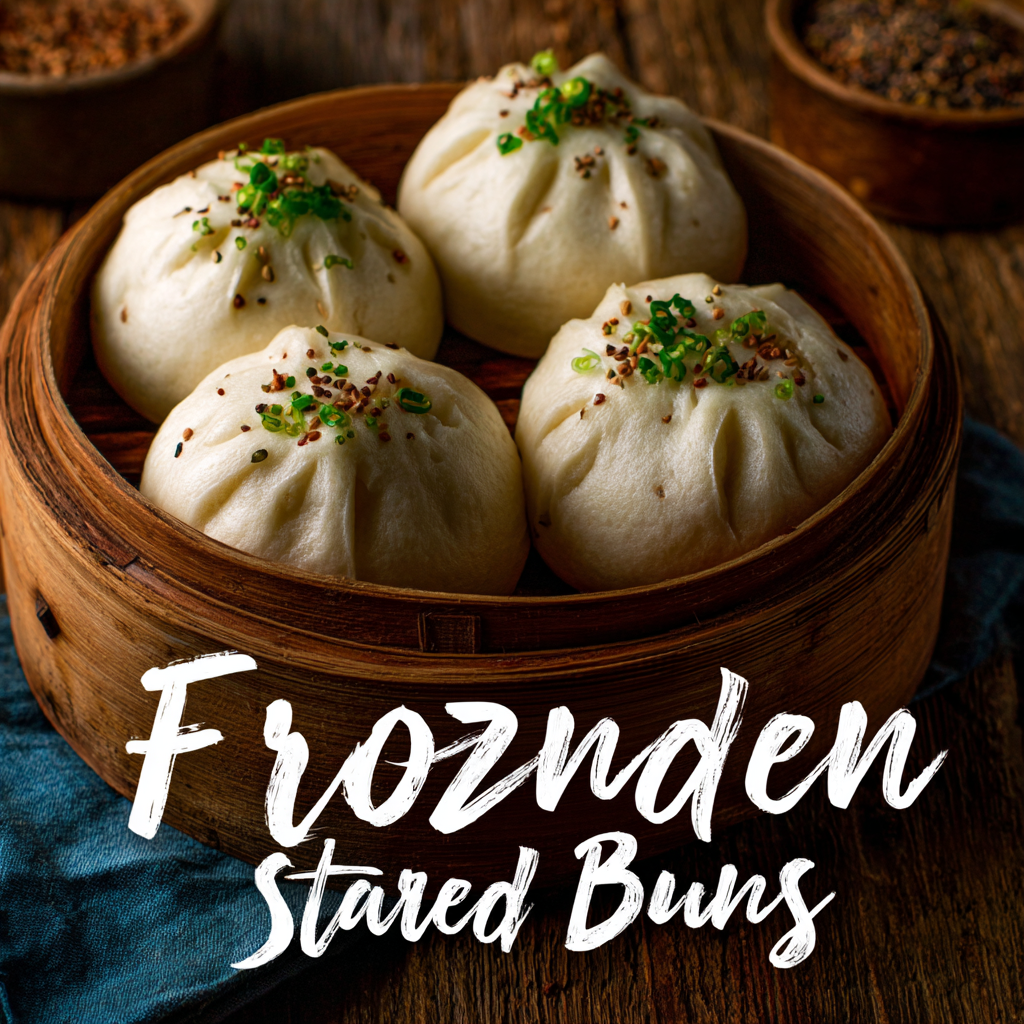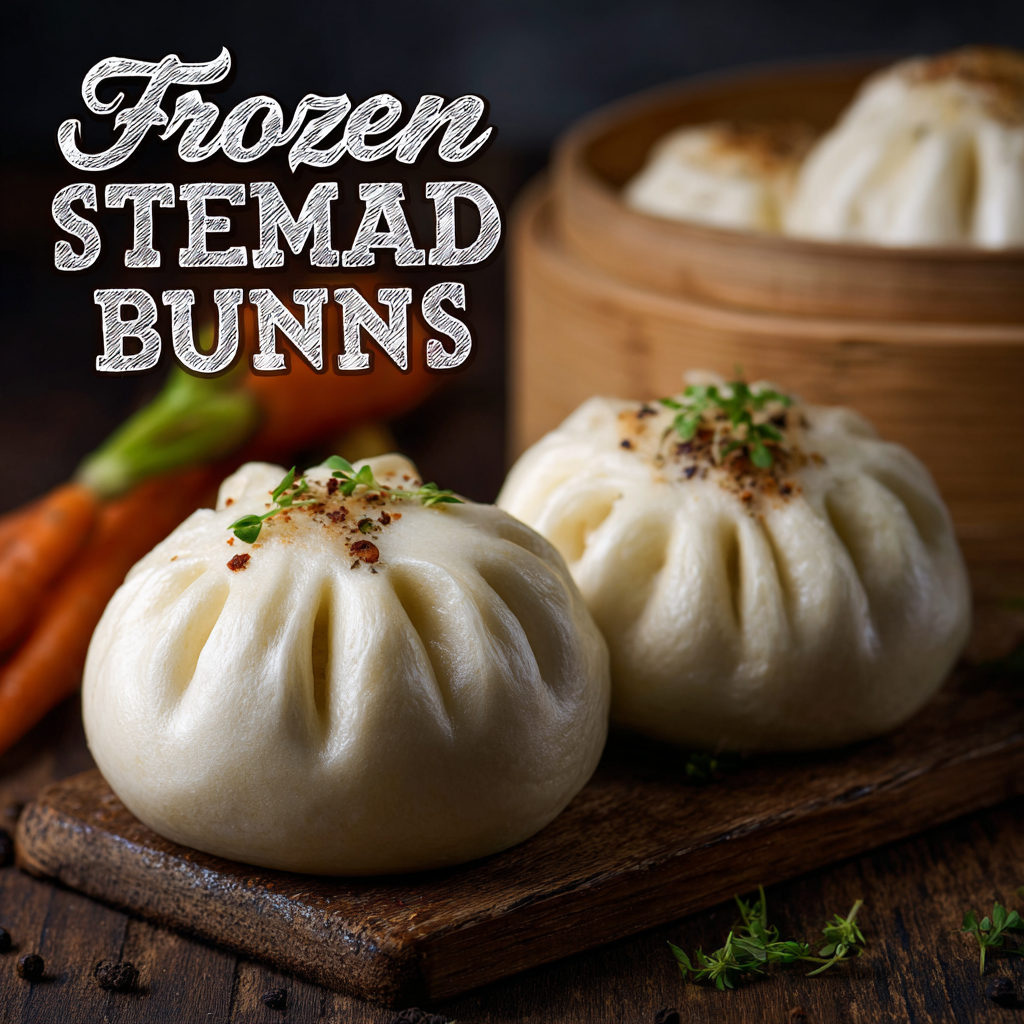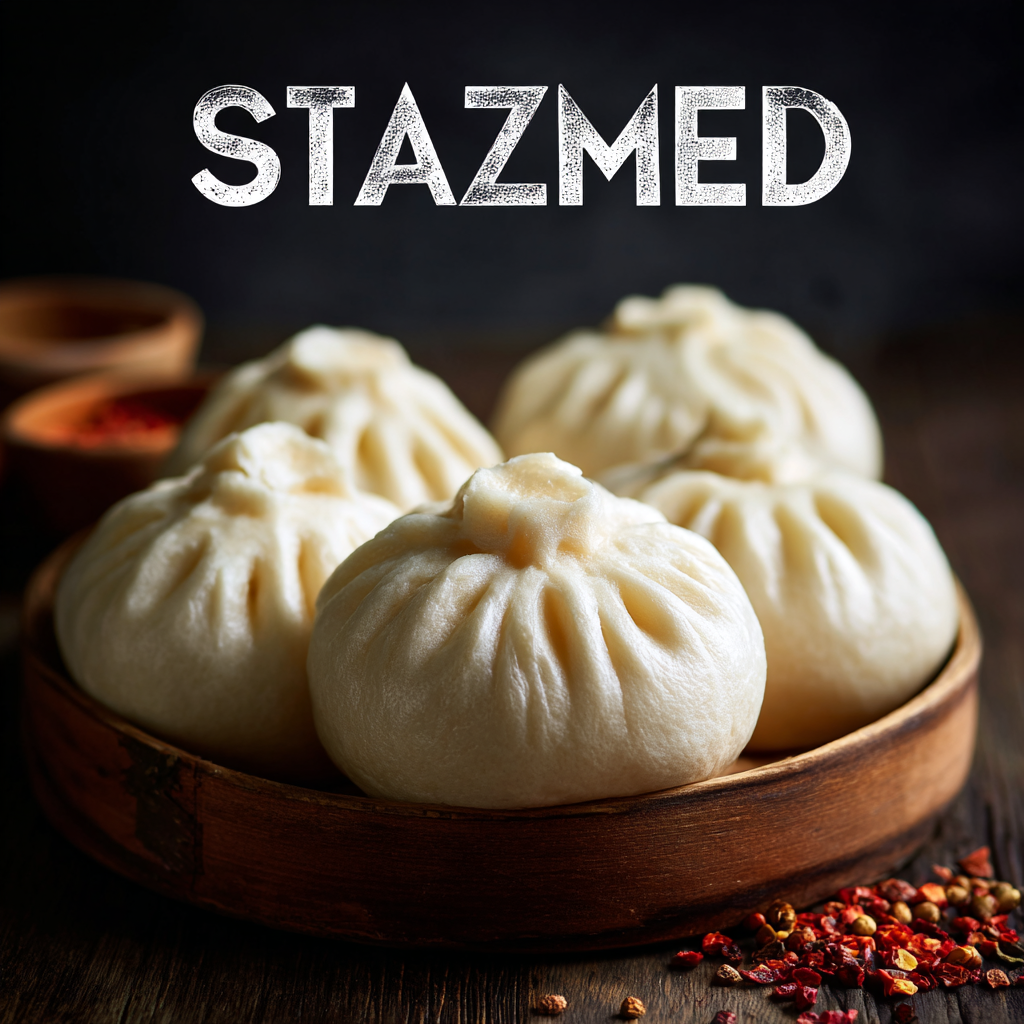
In today's competitive food industry, offering high-quality products can set your business apart from the rest. One item that has garnered immense popularity is Frozen Steamed Buns, a versatile and beloved dish across various cuisines. Whether you own a restaurant, café, or food truck, incorporating these delightful buns into your menu can enhance customer satisfaction and drive sales. However, mastering the art of preparing and serving Frozen Steamed Buns requires careful planning and execution.

This ultimate guide provides a comprehensive checklist to help you navigate the essential steps to ensure your buns reach their full potential, from sourcing the best ingredients to perfecting cooking methods. Join us as we explore proven strategies for working with Frozen Steamed Buns that will not only elevate your offerings but also position your business as a leader in the market.
As we approach 2025, the frozen steamed bun industry is poised for significant transformation driven by technological advancements. According to a recent report by Grand View Research, the global frozen food market is expected to reach USD 332.89 billion by 2025, with a substantial portion attributed to the growing demand for convenient and ready-to-eat products like frozen steamed buns. Innovations in production technology, such as automated steaming and wrapping processes, are enhancing efficiency, reducing labor costs, and improving product consistency.
In addition, the integration of smart technologies, including IoT and AI, is revolutionizing the way frozen food products are produced and monitored. A study by Mordor Intelligence projects that the adoption of smart manufacturing solutions will boost productivity in the frozen food sector, facilitating real-time quality control and inventory management.
Businesses that embrace these technological trends can not only streamline their operations but also meet the increasing consumer preference for high-quality, convenient food options. By keeping an eye on these advancements, business owners can position themselves to thrive in a competitive market, ensuring that their frozen steamed buns are both innovative and in high demand.
In the competitive landscape of frozen steamed bun production, the right equipment plays a pivotal role in enhancing manufacturing efficiency. Investing in advanced steaming and freezing technologies can significantly streamline your operations. High-capacity steamers equipped with intelligent control systems ensure consistent cooking times and temperatures, eliminating the variability that can affect product quality. Additionally, automated loading and unloading systems can drastically reduce labor costs while maximizing throughput, allowing businesses to scale production without sacrificing consistency.
Moreover, incorporating innovative blast freezing equipment can preserve the fresh taste and texture of steamed buns, crucial for consumer satisfaction. These machines operate at rapid freezing temperatures to prevent ice crystal formation, maintaining the integrity of the product. Furthermore, integrating sophisticated tracking software to monitor production processes not only supports quality control but also optimizes inventory management. Embracing these innovations will enable businesses to meet growing consumer demand while maintaining high standards of efficiency and product quality.
To thrive in the competitive food industry, businesses must adopt sustainable practices that resonate with eco-conscious consumers. When it comes to packaging frozen foods, including steamed buns, choosing eco-friendly alternatives is not just a trend; it’s a necessity. Biodegradable materials, such as compostable film and cardboard, can effectively reduce environmental impact while maintaining product freshness. By selecting materials that break down naturally, companies can significantly diminish their carbon footprint and appeal to sustainability-minded customers.
Moreover, innovative packaging solutions such as reusable containers and recyclable wraps are gaining traction. Brands that implement these practices can enhance their marketability and customer loyalty. Educating consumers on the benefits of these sustainable options is essential; clear labeling and informative packaging can convey a brand's commitment to eco-friendliness. Furthermore, collaborating with suppliers who prioritize sustainable sourcing can ensure a comprehensive commitment to environmental stewardship. As businesses shift towards greener packaging options, they not only contribute to the planet's health but also position themselves as leaders in the market, aligning with the values of a growing demographic of eco-aware consumers.

In today’s competitive food industry, promoting your frozen steamed bun business effectively is crucial for success. One digital marketing strategy that stands out is leveraging social media platforms. Creating visually appealing content showcasing your steamed buns can attract attention and engage potential customers. Utilize platforms like Instagram and Facebook to share tantalizing images, behind-the-scenes videos of the cooking process, and customer testimonials. Engaging with your audience through polls, questions, and live cooking demos can help build a community around your brand.

Another powerful approach is optimizing your website for search engines. Ensure that your website contains relevant keywords related to frozen steamed buns and digital marketing. Regularly updating your blog with recipes, serving suggestions, and the benefits of choosing your product can draw in organic traffic. Consider implementing email marketing campaigns to keep your customers informed about new flavors, promotions, or special events. Tailoring your digital marketing efforts to highlight your unique selling propositions will help you stand out in the market and attract a loyal customer base.
Frozen steamed buns have emerged as a popular staple in the culinary landscape, with consumers increasingly seeking convenient yet high-quality options. Today's customers prioritize authentic flavors and artisanal craftsmanship, often looking for buns that mirror traditional recipes. This desire for authenticity extends to the sourcing of ingredients, where consumers are increasingly favoring products made with natural, non-GMO components free from artificial preservatives. In a marketplace saturated with options, those businesses that take the time to highlight their ingredient integrity and production methods can capture the attention of discerning customers.
Moreover, the shift towards health-conscious eating is reshaping consumer expectations for frozen steamed buns. Many are now interested in options that offer better nutrition profiles, such as reduced fat, lower sodium, or vegan alternatives. As plant-based diets gain traction, the demand for buns that cater to various dietary preferences is on the rise. Successful brands not only need to address taste and texture but also embrace inclusivity in their offerings. By staying attuned to these evolving consumer trends, businesses can better position themselves to meet the expectations of modern diners and create a stronger connection with their audience.
| Dimension | Data Points |
|---|---|
| Consumer Preference | 75% prefer traditional flavors (pork, chicken, vegetable) |
| Health Conscious Choices | 60% look for low-calorie and gluten-free options |
| Quality Indicators | 85% consider fresh ingredients as a key quality indicator |
| Packaging Preferences | 70% prefer eco-friendly packaging |
| Purchase Channels | 50% prefer online shopping for frozen foods |
| Price Sensitivity | 65% are willing to pay a premium for quality |
| Sustainability | 78% prefer brands that practice sustainability |
| Cooking Convenience | 80% value quick and easy cooking instructions |
